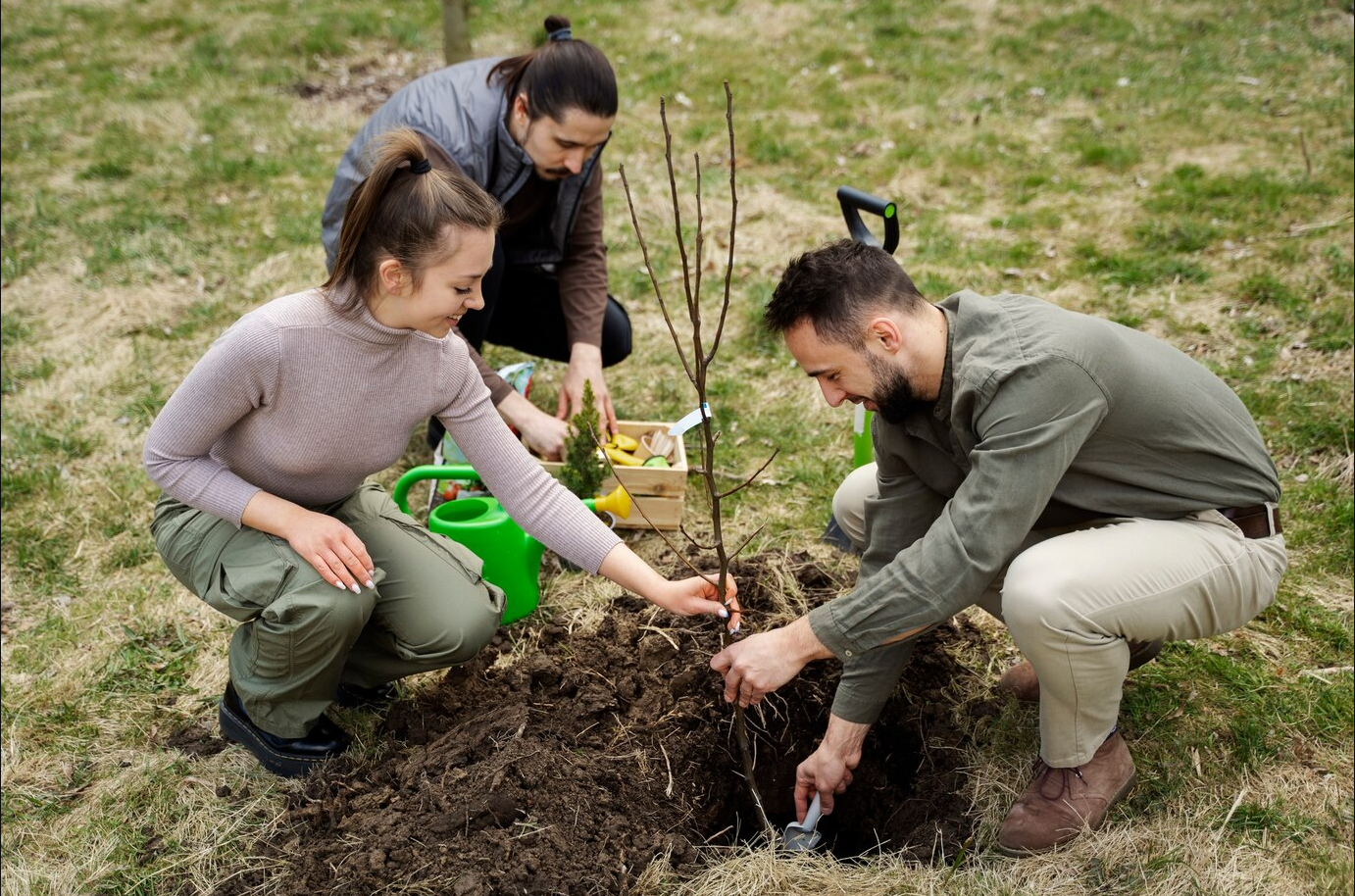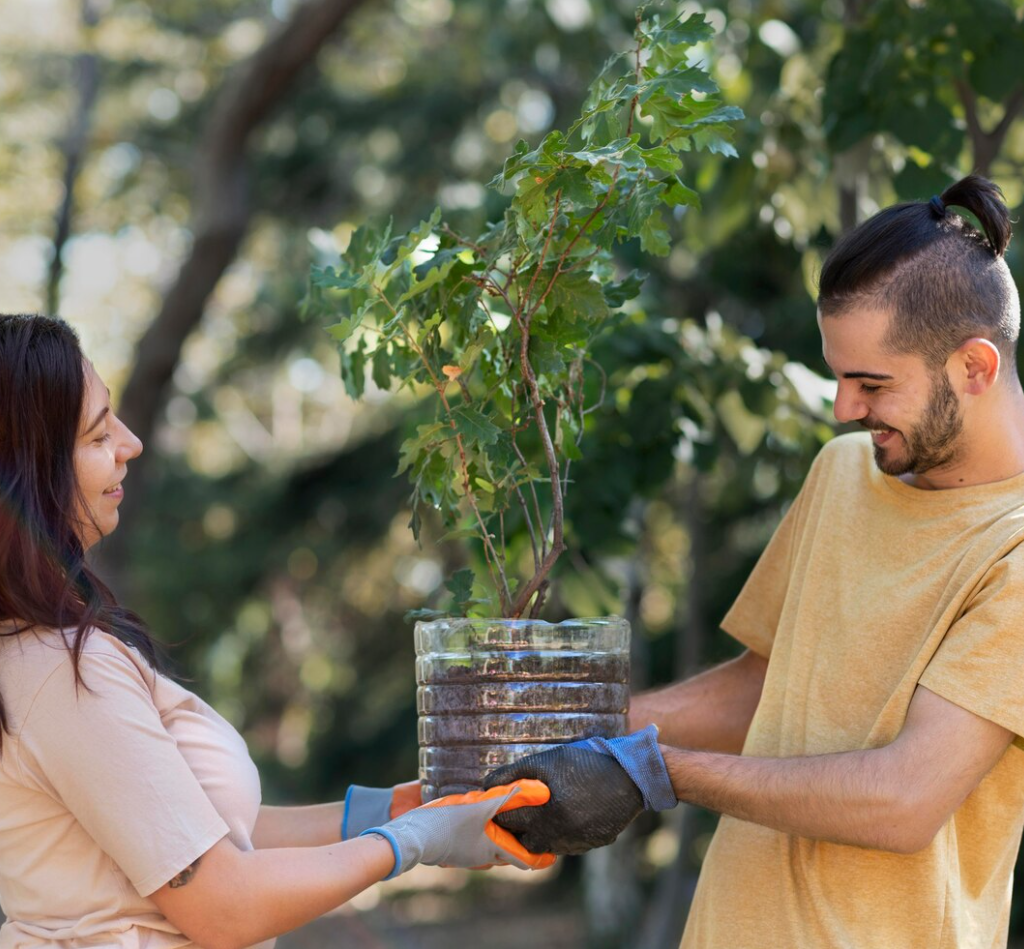Best Tree Planting Techniques
Introduction to Tree Planting
Why Plant Trees?
Trees are nature’s multitaskers. They take in carbon dioxide, emit oxygen, and serve as natural purifiers for the air. Whether you’re contributing to reforestation efforts or beautifying your backyard, planting trees benefits the planet, wildlife, and people. Additionally, they offer shade, minimize noise, and enhance property value.
Benefits of Using Proper Techniques
Ever noticed some trees thrive while others struggle? The difference often lies in the planting process. Proper techniques ensure your tree grows strong and resilient, reducing the risk of diseases, pest attacks, and transplant shock. A little effort at the start makes a big difference in long-term success.
Preparing for Tree Planting
Choosing the Right Tree Species
Selecting the right tree species is half the battle. Consider:
• Climate: Does the tree thrive in your region’s temperature and rainfall?
• Purpose: Do you want shade, fruit, or ornamental beauty?
• Space: How big will the tree grow? Avoid species with aggressive root systems near structures or underground utilities.
Opt for native trees like oaks, maples, or pines for lower maintenance and higher adaptability.
Understanding Soil Conditions
Your tree’s foundation lies beneath the surface.
• Soil type: Identify whether your soil is sandy, loamy, or clay-based.
• Drainage: Ensure water doesn’t pool, as overly wet roots can rot.
• Aeration: Compact soil can choke roots. Use a garden fork to loosen the area.
Testing Soil for Nutrients
Invest in a soil testing kit to measure pH levels and nutrient deficiencies. Ideally, soil pH should range between 6.0 and 7.5 for most species. Amend your soil with compost, peat moss, or lime depending on the test results.

Determining the Best Time to Plant
Timing matters!
• Spring: Trees wake from dormancy, benefiting from warm weather and steady rains.
• Fall: Cooler temperatures reduce water stress, and trees focus energy on root establishment.
Avoid planting during extreme heat or frost for better survival rates.
Essential Tools and Materials
Tools You’ll Need
Make the process easier with:
1.Shovels (for digging and filling)
2.Gloves (to protect your hands)
3.Stakes and ties (for supporting young trees)
4.Pruning shears (to trim damaged branches or roots)
5.A watering can or hose
6.Preparing the Planting Site
Clear a wide area free of grass, weeds, and debris. Ensure the site gets adequate sunlight based on your tree’s requirements. Avoid planting too close to structures, fences, or other trees to prevent overcrowding.
Step-by-Step Tree Planting Process
Digging the Proper Hole
Measure twice, dig once. The hole should:
1.Be two to three times wider than the root ball to allow root expansion.
2.Match the root ball’s height, keeping the tree from sinking too deep.
Preparing the Roots
Gently take the tree out of its pot or unwrap it from the burlap covering.
Container Trees: Gently loosen compacted roots. Trim circling roots to prevent girdling.
Balled Trees: Cut away excess burlap or string but leave some to protect the root ball during planting.
Positioning the Tree Correctly
Position the tree in the hole, making sure the root collar sits at or slightly above the soil level. This avoids burying the trunk and ensures proper airflow. Adjust for straightness before filling the hole.
Filling the Hole and Watering
Fill the hole with the same soil you removed, pressing it lightly to remove any air gaps. Give it a thorough watering to help the soil settle and establish strong root contact. Add more soil if needed after watering.
Post-Planting Care
Mulching Techniques
Mulch serves as a warm and protective layer for your tree, much like a snug blanket.
Spread a 2–4-inch layer of organic mulch (wood chips or bark).
Keep mulch 2–3 inches away from the trunk to prevent rot and pests.
Watering Schedule
New trees are thirsty!
Water deeply, reaching the root zone.
• Follow a weekly schedule: 1–2 gallons per inch of trunk diameter.
• Adjust based on weather; increase during droughts or reduce in rainy periods.

Pruning and Maintenance
Trim only as needed in the first year to eliminate any damaged or dead limbs. Avoid excessive cutting as young trees need leaves for energy production.
Common Mistakes and How to Avoid Them
Planting Too Deep or Shallow
Burying the tree too deeply can suffocate roots, while shallow planting exposes them to the elements. Aim for the root collar to be just above the soil line.
Ignoring Soil Quality
Skipping soil testing can lead to poor growth. Nutrient-deficient or compact soil stunts roots, so always test and amend when needed.
Tips for Long-Term Tree Health
Fertilization Tips
Hold off on fertilizing during the first year to let roots establish naturally. When needed, opt for slow-release, organic fertilizers to nourish the soil without overloading the tree.
Monitoring for Pests and Diseases
Inspect your tree regularly. Look for discolored leaves, unusual bark textures, or visible pests. Early intervention—like using neem oil or insecticidal soap—prevents minor issues from escalating.
Conclusion
Planting trees isn’t just about digging a hole—it’s about nurturing life. By following these detailed techniques, you ensure your tree not only survives but thrives, enriching the environment and adding beauty to your surroundings. With patience and care, your efforts today will yield shade, oxygen, and joy for generations to come.
